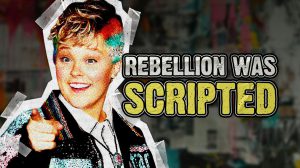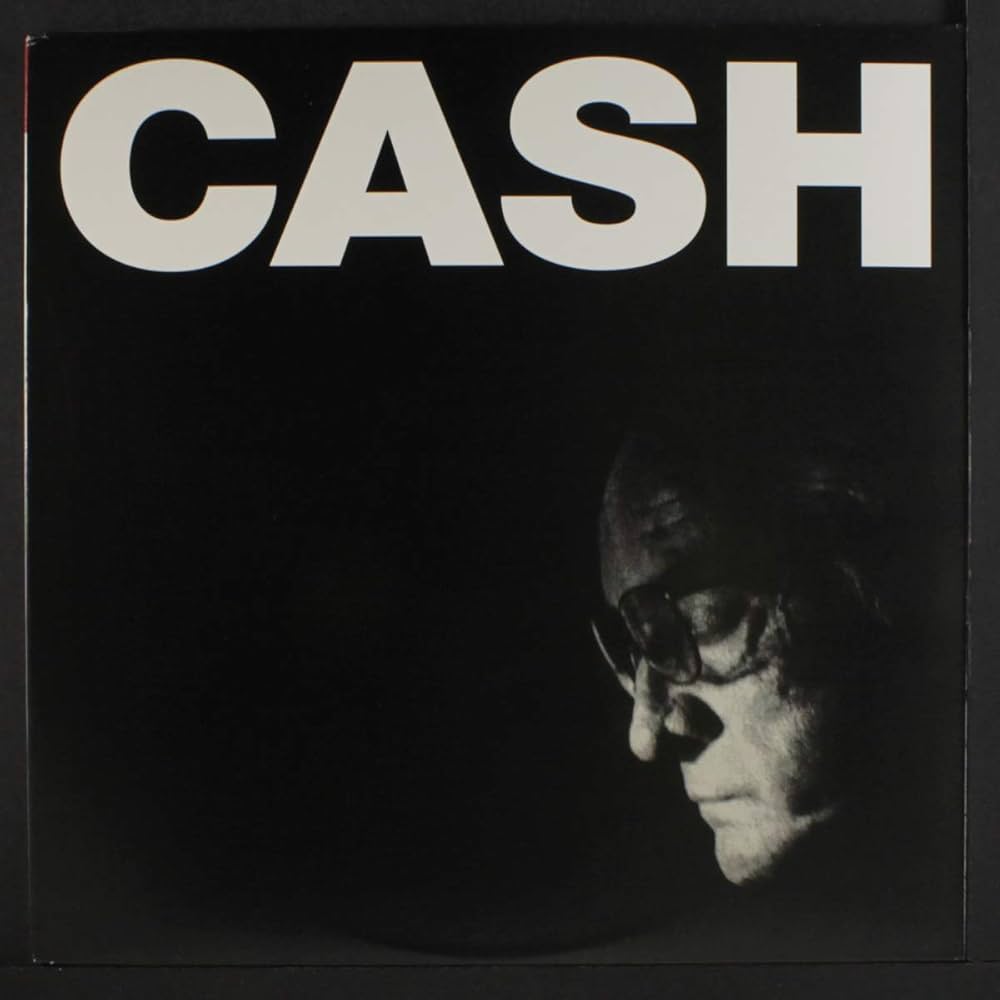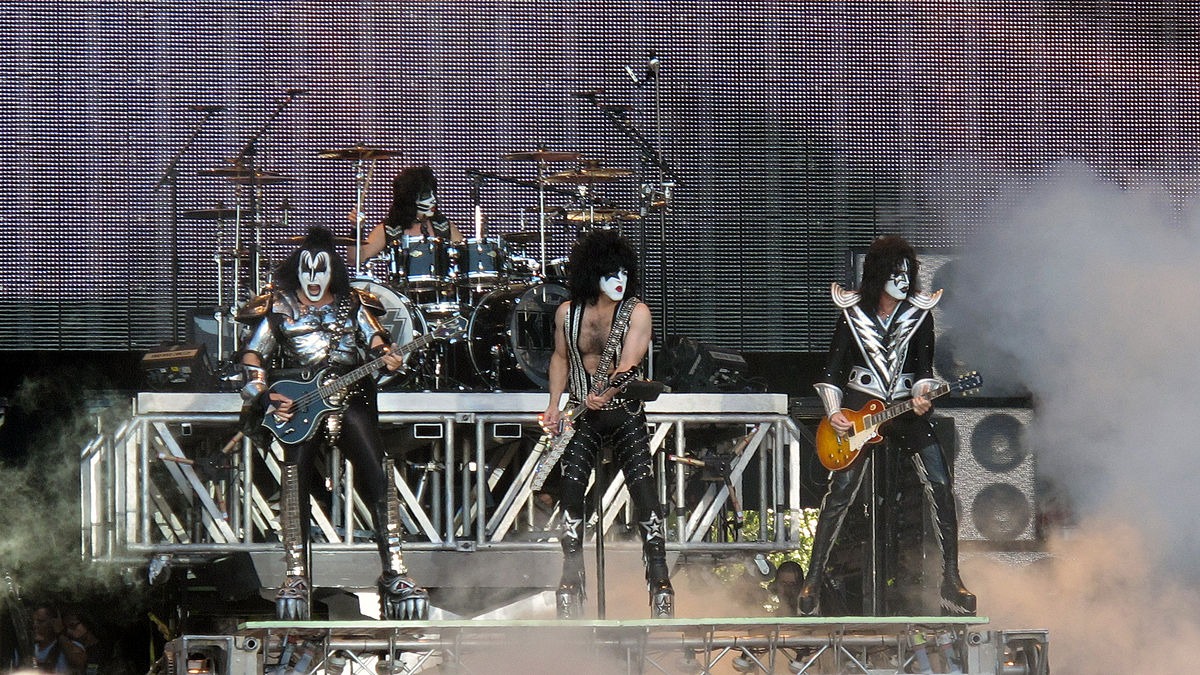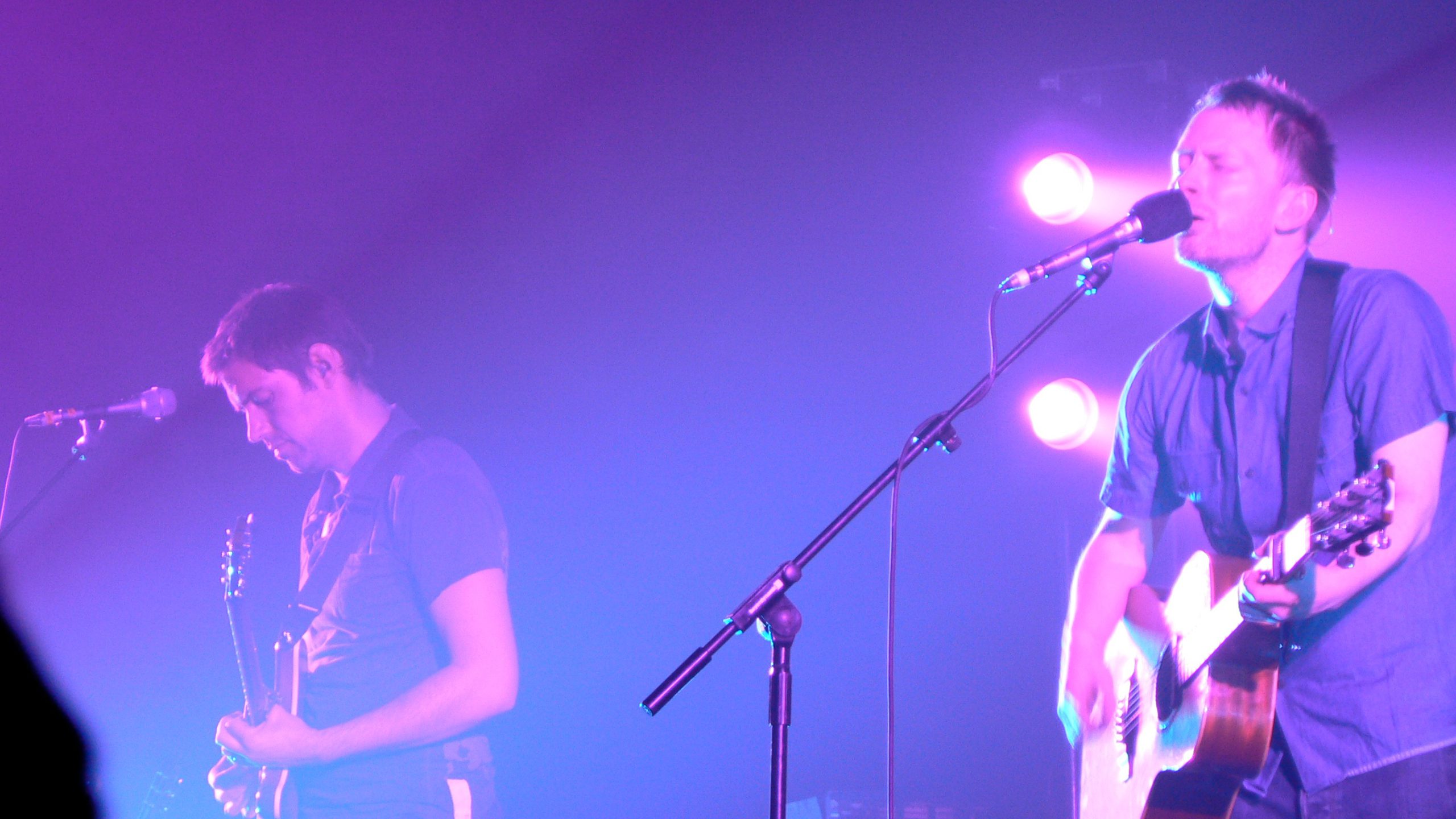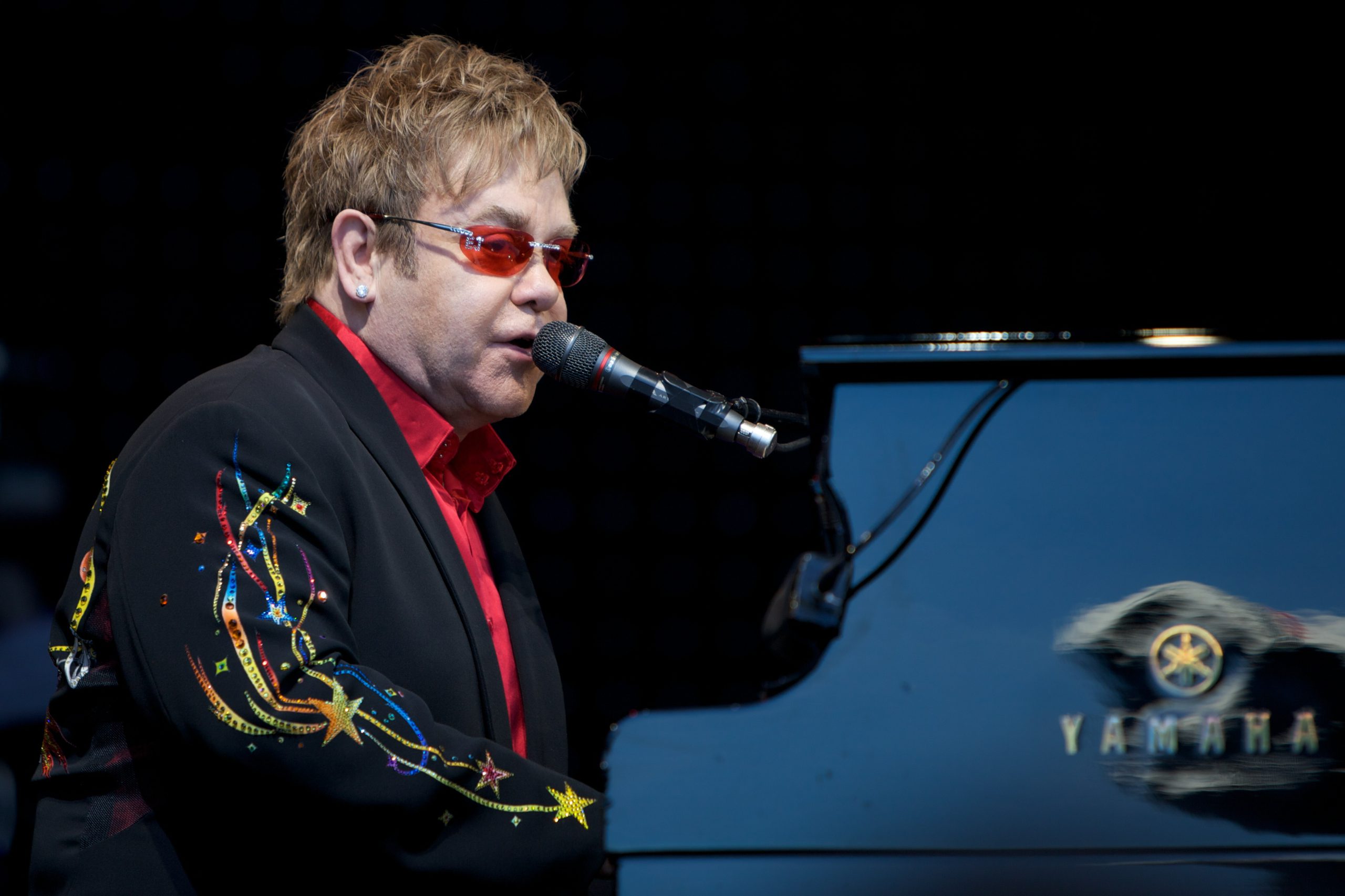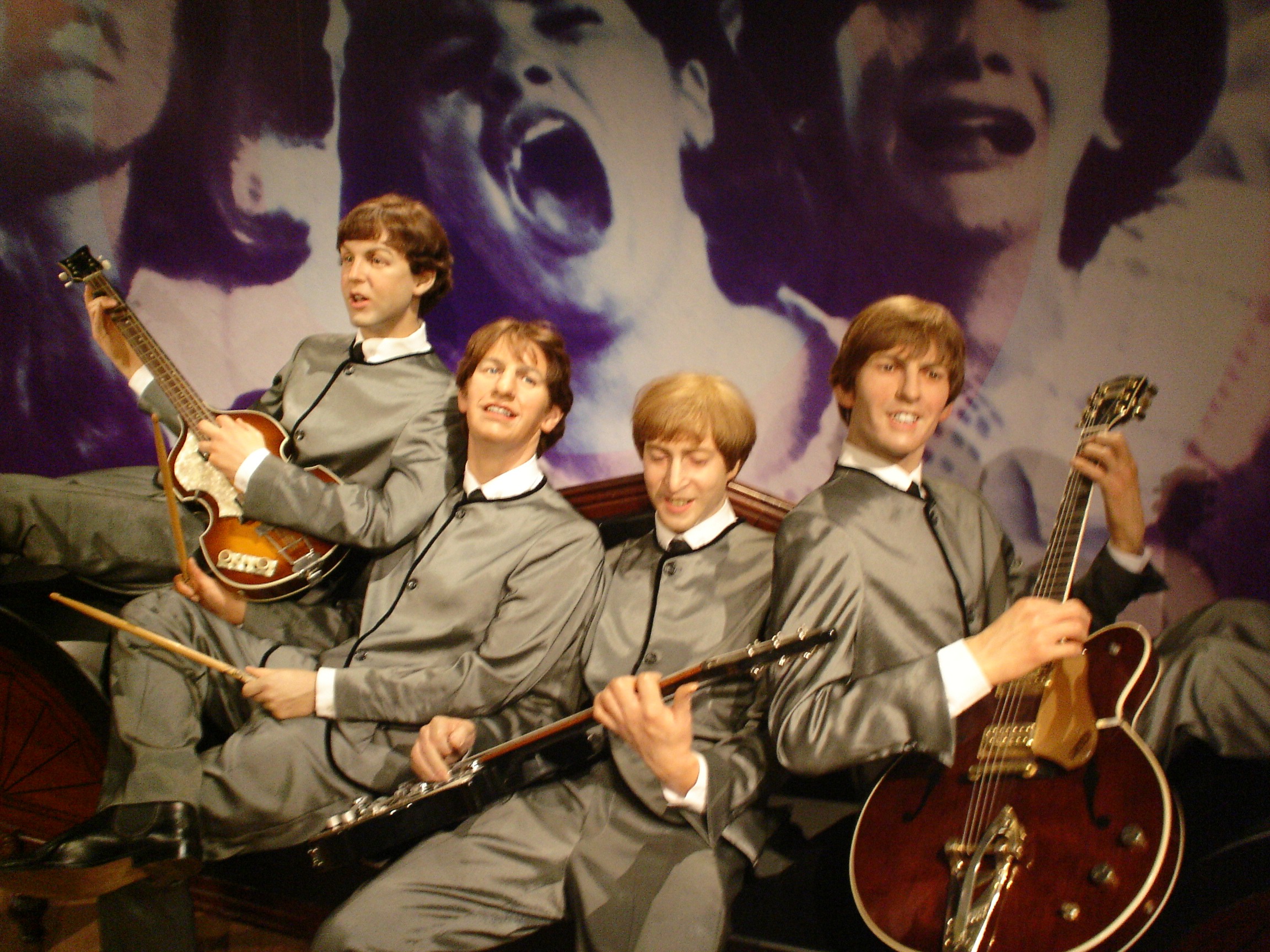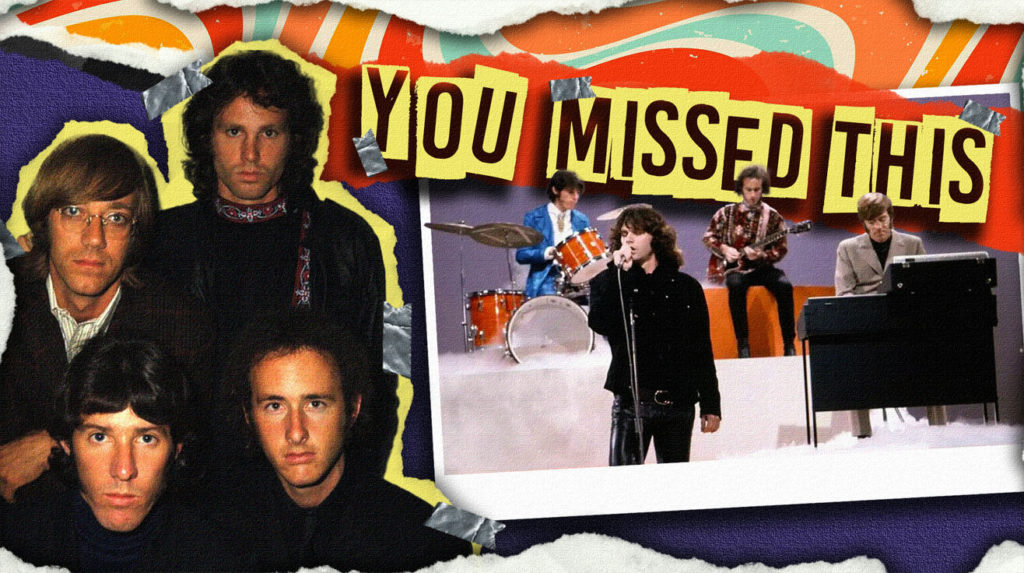
The Doors didn’t just make music—they cracked open reality itself. When poetry met raw energy in late-60s Los Angeles, rock’s DNA shifted forever. Their fusion of blues, jazz, and psychedelia wasn’t just bold—it was transformative. Morrison’s commanding presence, Manzarek’s keyboard wizardry, Krieger’s guitar work, and Densmore’s jazz percussion created an alchemy that remains unmatched decades later.
10. Break on Through (To the Other Side)
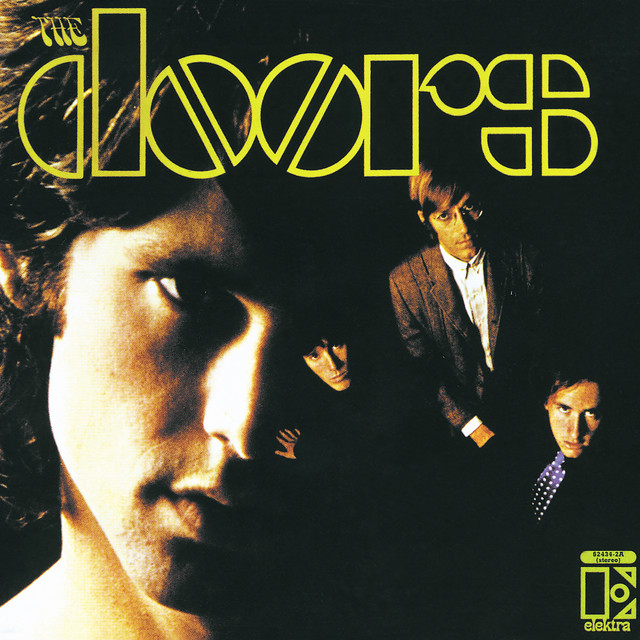
The opening track of their 1967 debut hits like morning coffee—jolting and essential. Its bossa nova rhythm launched the band into the world, with Manzarek’s Vox Continental organ creating their signature sound. Morrison’s lyrics dance between freedom and darkness, setting the template for their entire catalog. Early radio versions cut certain words to meet broadcast standards, but later releases restored Morrison’s original vision.
9. Light My Fire
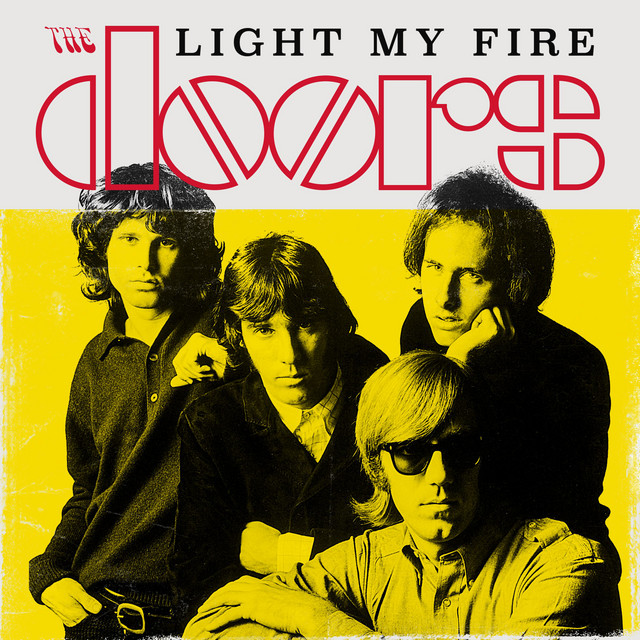
Some songs become so familiar it’s hard to hear them fresh. “Light My Fire” still burns through that familiarity with every listen. What started as Krieger’s writing exercise became their breakthrough hit and artistic mission statement. Manzarek’s organ intro is as iconic as any guitar riff in rock history. The extended instrumental section smashed pop’s three-minute rules. The track feels less written than summoned from something ancient and primal.
8. Love Me Two Times
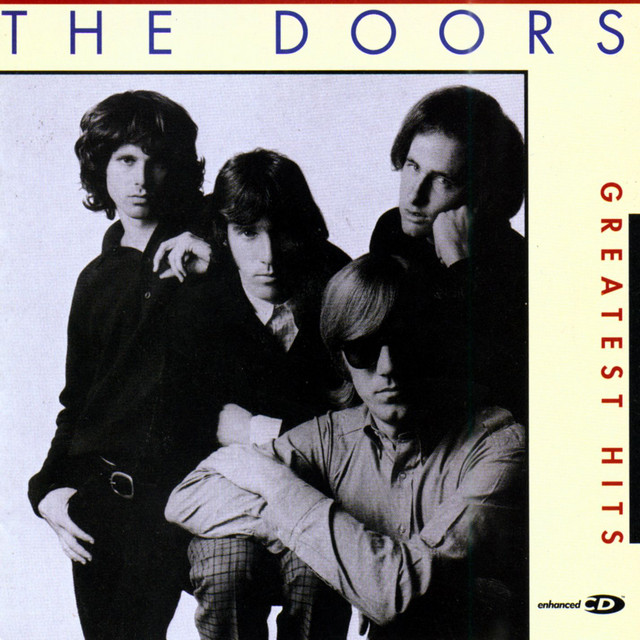
This bluesy gem shows how The Doors could make radio-friendly music without losing their edge. Krieger’s guitar channels blues through a psychedelic filter, while Manzarek’s harpsichord adds Baroque touches that lift it beyond standard rock. The lyrics work on multiple levels—romantic urgency on the surface, deeper meanings underneath. Morrison’s vocal builds with perfect restraint, capturing both love’s fire and its fleeting nature.
7. The End
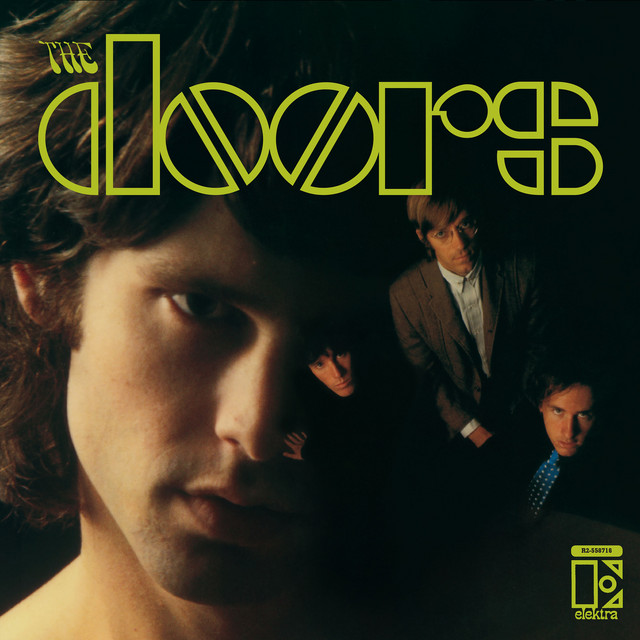
Few songs earn their title with such finality. This 12-minute journey works more like a psychological landscape than a traditional song. Morrison’s controversial narrative became one of rock’s most provocative moments. The band creates a hypnotic backdrop for Morrison’s exploration of death and rebirth. Its free-form structure mirrors the chaos it describes. Decades later, it still haunts listeners with rock’s power to confront uncomfortable truths.
6. People Are Strange
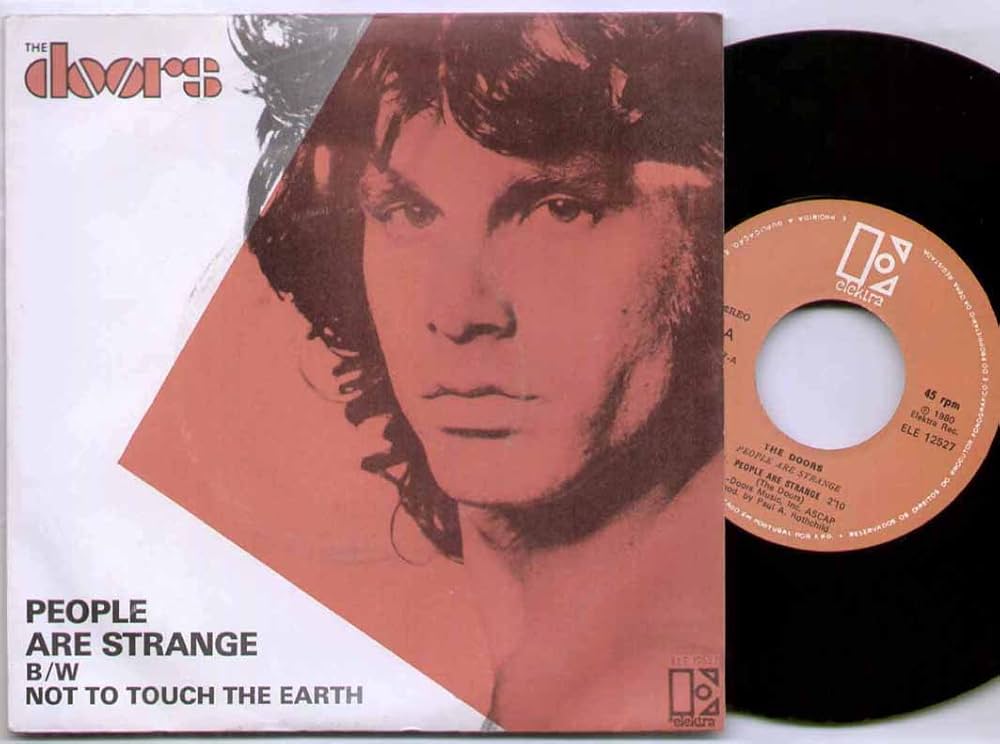
This carnival meditation on feeling like an outsider transforms personal pain into universal experience. Born from Morrison’s sunset moment on Laurel Canyon, it captures that weird feeling when you feel alien in your own skin. The genius lies in wrapping melancholy in an irresistible melody. Its circus-like sound suggests how fake social interaction can feel, while Morrison’s words offer comfort to anyone who’s felt like a stranger.
5. Roadhouse Blues
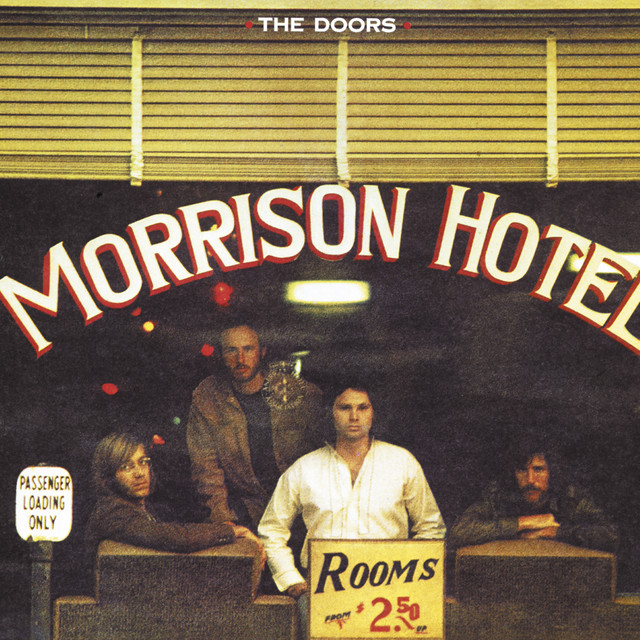
Sometimes revolution means going back to basics. “Roadhouse Blues” strips away psychedelic complexity for raw blues power. Guest musicians ground it in authentic tradition while keeping The Doors’ distinctive character. Morrison’s delivery connects to blues history while his “roadhouse” imagery evokes American highway mythology. Manzarek’s piano adds sophisticated touches to the straightforward structure, balancing accessibility with artistry.
4. Riders on the Storm
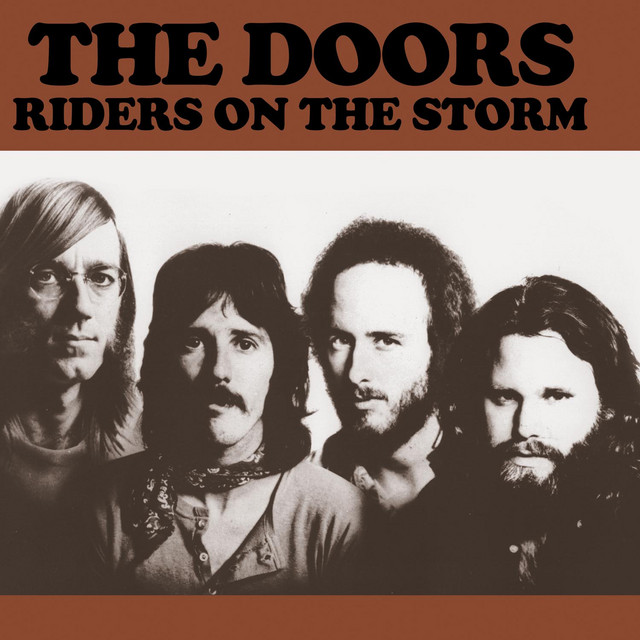
The final track on Morrison’s last album feels hauntingly prophetic. Its jazz structure and atmospheric production—complete with rain and thunder—create a dreamlike quality that’s both beautiful and menacing. Jerry Scheff’s doubled bass provides hypnotic foundation while Krieger’s tremolo guitar adds cinematic tension. Morrison’s doubled vocals create unsettling intimacy. The lyrics capture The Doors’ essence: beauty and danger traveling together through darkness.
3. When the Music’s Over
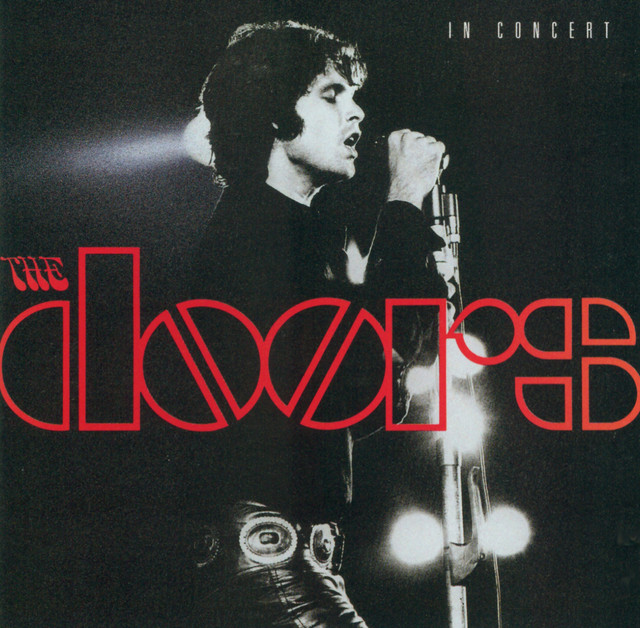
Some songs exist best in live performance. This epic shows how The Doors transformed concerts into ritual spaces. The 1968 Hollywood Bowl show proves how they stretched songs into transcendent experiences through direct crowd connection. Manzarek’s extended organ intro builds anticipation masterfully. Morrison’s command to “TURN OUT THE LIGHTS” turns passive listeners into active participants in something approaching ceremony.
2. Strange Days

This title track announced their determination to push beyond their debut’s boundaries. Their pioneering use of Moog synthesizer and filtered vocals created genuinely disorienting soundscapes that still feel effective today. The carnival imagery evokes both wonder and unease—perfect for the late 60s cultural moment. The production creates three-dimensional audio that rewards headphone listening, revealing new details with each encounter.
1. Hello, I Love You
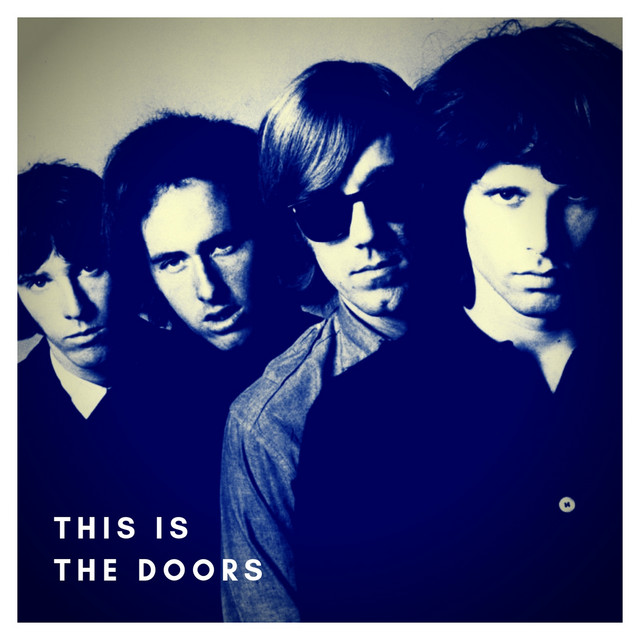
This number-one hit shows how The Doors could make radio-friendly music without abandoning their vision. The track’s similarity to The Kinks sparked legal battles that overshadowed its musical merits. Morrison’s charismatic delivery elevates simple lyrics about instant attraction. The production balances commercial appeal with psychedelic touches, reflecting the eternal tension between artistic exploration and mainstream success that defines many creative careers.




